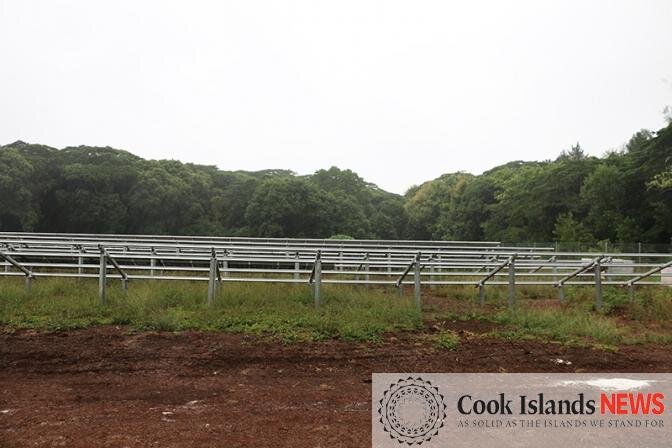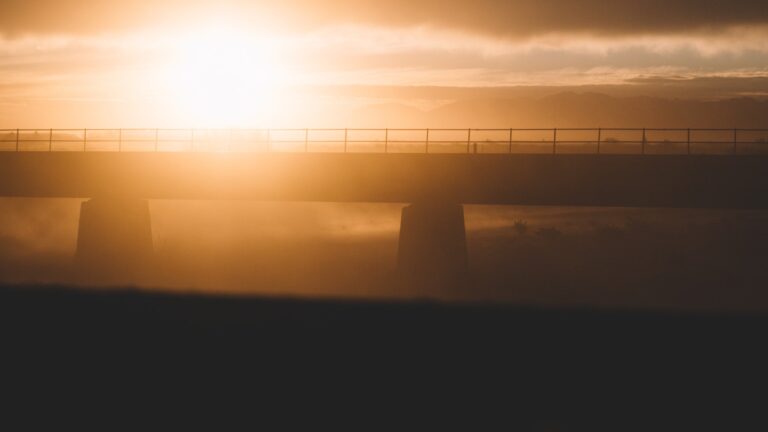Solar Power comes to MAUKE
Robert Matapo’s grandfather came from Mauke.
Robert himself was born and grew up on Rarotonga. Like many Cook Islanders he went away to New Zealand to work, he spent ten years in the New Zealand Police among other things.
Last year some time, after 20 years in the Land of the Long White Cloud (Aotearoa) he got a call from a former police colleague asking if he knew of anyone who might be interested in doing some community liaison work for the project installing solar power systems in the southern Cook Islands. He did know someone – himself.
I met Robert the other day on Mauke, I was lucky enough to be offered a seat on a chartered flight from Rarotonga taking some personnel and equipment over for the New Zealand contractors who are installing the solar farm, power house and the underground distribution network.

He was really chuffed to be there. He was happy to be able to use some of the skills he’s picked up in New Zealand to help his own people throughout the southern group, but especially on Mauke. “I’m home and I’m helping out.”
Robert is the Mauke site manager for the work being carried out by Infratec- a New Zealand-based company.
The project will see the transistion from diesel to renewable solar power in the southern pa enua and is being implemented by the Cook Island’s Government’s Renewable Energy Development Division (REDD) with funding by the Asian Development Bank (ADB), the European Union (EU), the Global Environment Fund (GEF), the Government of Japan through the Pacific Islands Forum Secretariat (Pacific Environment Community Fund or PEC).
The work is complete on Mitiaro and is well underway on Mauke and Atiu and will soon kick off in Mangaia.
In Mauke, the building that will be the power house is complete. The solar arrays are all but set up, and work has begun on the trenching that will see the new power network completely underground, protecting the supply from possible outages during cyclones, for example.
Trenching will be a major task given that Mauke, which is about half the size of Rarotonga the biggest island in the southern group and has the most trenching to be done.
Heavy equipment will be brought in by barge to help with the work. The trenching was started at the power house end in the interior of the island where there is deep soil which is easy to work through, but it could well slow down once they hit the makatea which extends about a kilometre inland from the coast.
Although half the size of Rarotonga, and with much more arable land, Mauke has a population of about 250 all in all, counting houses, halls, churches, schools and other public buildings. The power network is expected to have around 200 connections.
There were two rather important passengers on our flight that day: Shane Clark and Keith Ansell. They’re the guys, along with electricians from Rarotonga-based companies Andersons and Raro Watt, who will be pulling together the bits that will finally emerge as the new state-of-the-art renewable energy scheme for Mauke.
First they’ll be fitting out the power house, installing the lead acid batteries that will store the electricity generated by the solar arrays. They will wire the solar arrays into the storage system and then connect the batteries to the distribution system. The job will take two to three months.
Shane is already match fit with living and working on these remote islands, and wired up the Mitiaro system. He comes from Christchurch and admits: “It was a bit of a culture shock to begin with, but I love the fish and the food and the people are great.”
Obviously still a Cantabrian at heart, his only real concern is that the rugby season is about to begin and he won’t be around to support his team, the Crusaders.
I suspect Keith was going to have at least a cultural tremor over the next few days. He is new on the job. He too calls Christchurch home these days, but originally hails from Birmingham in England, a long, long way from Mauke.
“But I’m excited about the job and being here and looking forward to getting stuck into it.” Although it’s his first time in the Pacific islands, Keith says he’s had experience working in the heat, having lived in Asia.
It was a drizzly, murky day when we arrived, and no doubt didn’t present Mauke at its best. We dropped the two electrians off at their new abode for the next few months – a big, old but comfortable looking homely island house.
Robert then took me up to the new power house and solar farm. Along the way we passed the old diesel generator power house with its diesels hammering away generating power for the island. It will be redundant when the new system comes on stream in the next few months. There will still be a standby diesel capacity, but the new power house means the island will no longer need to buy tens of thousands of litres of diesel annually to generate their power.
We passed too the famous so-called “divided church” and its very new-looking church hall. At the hall we met the pastor who was about to conduct a prayer service for the people of Samoa, Tonga and Fiji following the recent cyclone damage there.
I couldn’t help noticing that some of the local buildings looked a little frail too and I wondered how they would weather a cyclone. The overhead wires that line the coral roads looked vulnerable too, but that will end in a few months once the power goes underground. Another benefit the Maukeans can expect from the new system is that at some time in the future, the new street lights are to be installed.
There could be other long term benefits that fall out of this project. Infratec the company carrying out the work wanted to engage in a meaningful way with the local people.
As a matter of course they have employed as many local people as possible. Tangata, the local policeman on Mauke, says many of the unemployed young people on the island have been picked up by the company.
Shane Clark says the same thing happened on Mitiaro and he says there was a lot of knowledge transfer taking place and he expects the same to happen on Mauke and the other two islands where they go next.
Robert Matapo points to another benefit that has accrued to the island communities. Noticing that there are limited medical services on the islands of the southern group and recognising the very real value of early first aid, Infratec brought in a trained paramedic from New Zealand to run first aid courses – not just for the workforce or potential workforce, but for the whole community.
Safety is something Robert Matapo is pretty hot about.
“Every morning I start the day by encouraging our work force to wear and use all of their safety equipment. I want them to go home each night with all the fingers and toes they came to work with. I remind them to be safe especially around the heavy machinery we use.”
I couldn’t help noticing that he seems to practice what he preaches. As we were driving up to the power house he stopped beside a house,which I presume was his quarters, without saying a word he walked across the road, took a high visibility vest off the clothes line and handed it to me.
Nothing was said, but I got the message.
– Derek Fox




